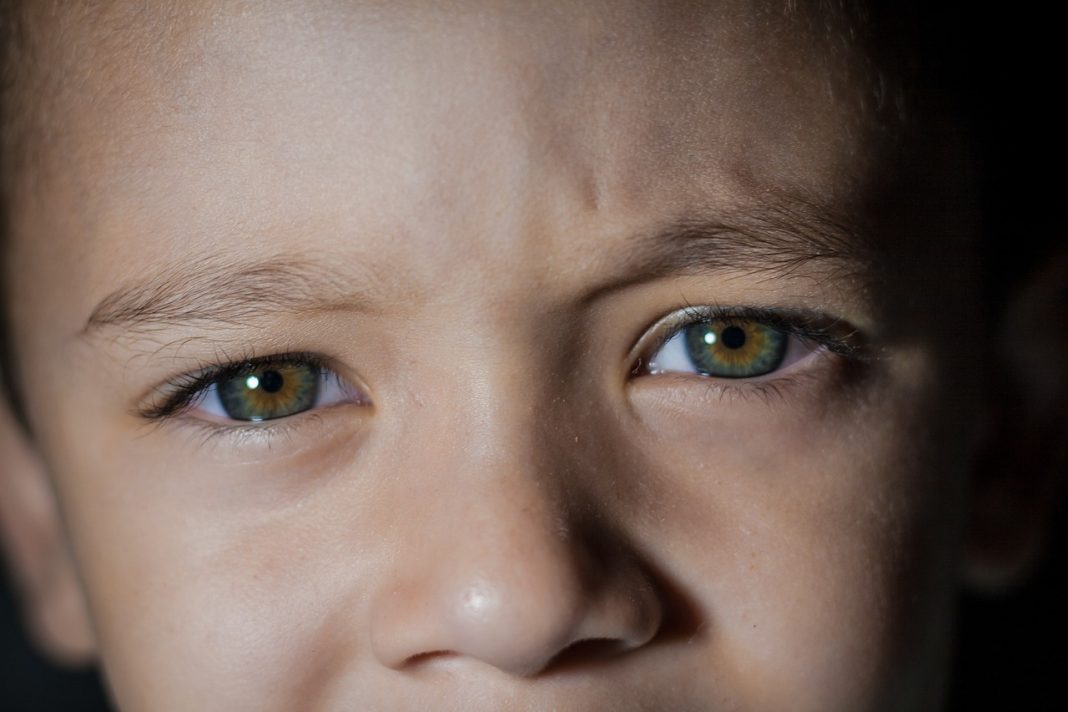
Alternative therapies have become increasingly popular among parents seeking natural and holistic approaches to their children’s health. From acupuncture to herbal medicine, there are a variety of alternative therapies that can be used to treat a range of childhood conditions, including anxiety, ADHD, and allergies. While these therapies may not be backed by traditional medical research, many parents have reported positive results and are turning to alternative treatments as a complement to conventional medicine. In this article, we will explore some of the most popular alternative therapies for children’s health and examine their potential benefits and risks.
1. Introduction to
Alternative therapies for children’s health are becoming increasingly popular among parents who seek natural and holistic approaches to treat their children’s illnesses. These therapies are often used in conjunction with traditional medical treatments and can provide additional benefits such as reduced side effects and improved overall well-being. In this section, we will introduce some of the most common alternative therapies for children’s health and explore their benefits and potential risks.
One of the most popular alternative therapies for children’s health is acupuncture. This ancient Chinese practice involves the insertion of thin needles into specific points on the body to stimulate energy flow and promote healing. Acupuncture has been used to treat a variety of conditions in children, including asthma, allergies, and digestive issues. Other alternative therapies for children’s health include chiropractic care, herbal medicine, massage therapy, and yoga. While these therapies may offer benefits, it’s important to consult with a healthcare professional before starting any new treatment, especially for children.
2. Types of
There are various alternative therapies that can be beneficial for children’s health. Here are some of the most popular types:
- Acupuncture: This ancient Chinese therapy involves inserting thin needles into specific points on the body to balance the flow of energy and promote healing. It can be helpful for a range of conditions, including pain, anxiety, and digestive issues.
- Chiropractic: Chiropractors use manual manipulation of the spine and other joints to improve alignment and relieve pain. It can be effective for conditions such as back pain, headaches, and colic.
- Herbal medicine: This involves using plants and plant extracts to treat various health conditions. It can be helpful for issues such as anxiety, insomnia, and digestive problems. However, it’s important to consult with a qualified practitioner before giving any herbs to children.
Other types of alternative therapies that can be beneficial for children’s health include homeopathy, massage therapy, and naturopathy. It’s important to note that while these therapies can be helpful, they should not replace conventional medical care. It’s always important to consult with a healthcare professional before trying any new therapy or treatment for your child.
3. Benefits and Risks of
Alternative therapies have gained popularity in recent years as parents seek natural and holistic approaches to their children’s health. While these therapies can offer benefits, they also come with potential risks. Below are some of the benefits and risks associated with alternative therapies for children:
- Benefits:
- Alternative therapies can be less invasive and have fewer side effects than traditional medical treatments.
- They can help children manage chronic conditions such as asthma, allergies, and ADHD.
- Alternative therapies can promote relaxation and reduce stress, which can have a positive impact on overall health and well-being.
- Some alternative therapies, such as acupuncture and chiropractic care, have been shown to be effective in treating certain conditions.
- Risks:
- Alternative therapies may not be backed by scientific evidence and can be ineffective or even harmful.
- Some therapies, such as herbal supplements, can interact with prescription medications and cause adverse reactions.
- Alternative therapies can be expensive and may not be covered by insurance.
- Parents should be cautious of practitioners who make unrealistic promises or discourage traditional medical treatments.
Before pursuing alternative therapies for their children, parents should do their research and consult with a healthcare professional to determine what is best for their child’s specific needs and medical history.
In conclusion, alternative therapies can offer a safe and effective way to enhance the health and well-being of children. While these therapies should not replace conventional medical treatments, they can be used in conjunction with them to provide a more comprehensive approach to healthcare. It is important for parents and caregivers to do their research and consult with a qualified healthcare professional before trying any alternative therapy on their children. By taking a holistic approach to children’s health, we can help them thrive and reach their full potential.








